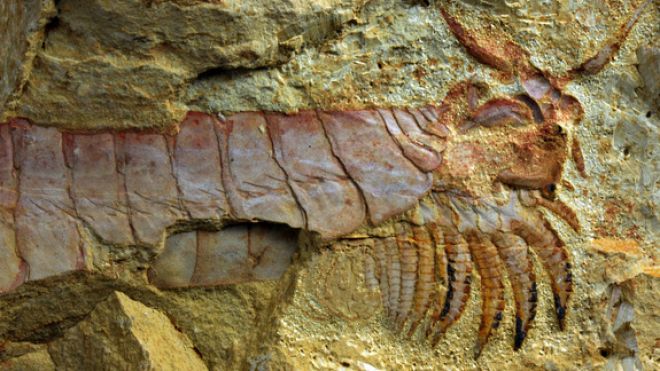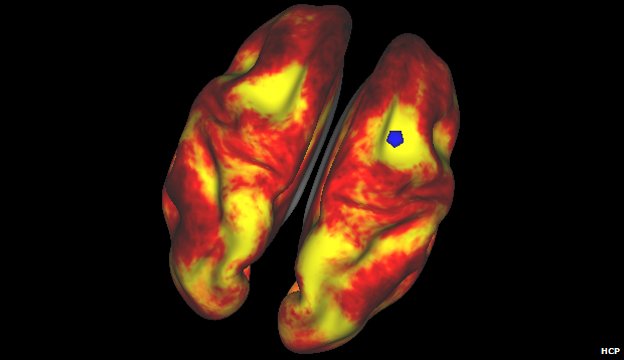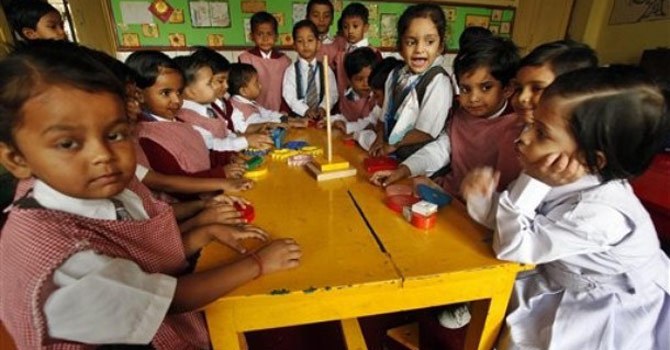- Web
- Humsa
- Videos
- Forum
- Q2A



If you took a road trip and wanted to get to your destination as fast as possible, you wouldn’t zigzag across the back roads, you’d take major expressways. The same theory applies for conducting electricity.
Under this same principle, a team of University of Michigan engineers have developed a new technique for aligning the molecules of semiconducting polymers -- the keystone of computer processors, LED displays and solar cells -- into charge-carrying freeways that could lay the foundation for cheaper, greener plastic electronics that can be painted on.
Semiconducting polymers have molecules shaped like short, randomly arranged wires that create indirect detours of sorts for electricity. Research groups have been trying to straighten these polymers into a line to maximize their electrical traffic flow, or “charge mobility.” But doing so has been like trying to untangle a plate of flat, minuscule noodles.
“Along the polymer backbones are these one-dimensional wires. The charge mobility is relatively fast along the backbone,” Jinsang Kim, the professor of materials science and engineering who led the research, told Discovery News. “But between the polymer backbones, the charge carriers hop and the charge mobility is much smaller.”
So Kim and his team developed a liquid polymer solution. When brushed like paint over a surface with a silicon blade, the molecules in the solution lined up in the direction of the stroke. This helped form high-performance networks, ultimately contributing to a plastic film that was both thin and conductive.As far as I know, the directed polymer alignment has never been achieved,” said Bong-Gi Kim, lead author of the study recently published in Nature Materials.
To accomplish this, researchers designed a smarter polymer -- one that was slippery and had a natural twist. Ordinary polymers are flat, like linguine, and tend to stick together.“They aggregate very badly,” said Jinsang Kim. “Once they aggregate, no individual chain has a charge mobility.”Designing slippery, twisted polymers kept them from glomming together. Researchers also added flexible “arms” that extended off the sides of the polymers that give them elbow room.
But researchers still needed the polymers to align. For that to happen, the polymers needed to subtly attract one another. Knowing that a flat surface would allow this to happen, the group designed the polymers to untwist as the solution dried.
The team even proved that their technique worked and used their semiconducting film to build a small transistor, a simpler version of the ones found in many computer processors. Duly noted was the importance of the polymer alignment on charge mobility.
“The charge carriers moved 1,300 times faster along the parallel alignment direction of the silicon blade compared to the perpendicular direction,” said Jinsang Kim. “But the emphasis should be on the polymer design. We designed it for its alignment feature.”
Inorganic semiconductors, like silicon, are expensive and require temperatures of up to 2,000 degrees Fahrenheit, plus complex vacuum systems, for processing into electronics. However, the organic and plastic semiconductors that Jinsang Kim and his team developed can be easily created in a lab and used more efficiently.
With other methods, “only small amounts of the polymer can be deposited on the substrate,” he said. “Most of the polymer is swept away and wasted. But, in our case, we can directly write with the polymer like you would with ink in a fountain pen.”
Jinsang Kim says this new technique bodes well for potential applications. He sees it being used in the polymer "ink" of nanoscale pens that write circuits or in large, trowel-shaped apparatuses that manufacture electronics such as LED displays or coatings for solar cells.
“In terms of commercial application, its potential is unlimited,” said Bong-Gin Kim. “The final target of this alignable polymer could be a paintable, printable electric circuit in the future.”
 Scientists have unearthed extraordinarily preserved fossils of a 520-million-year-old sea creature, one of the earliest animal fossils ever found, according to a new study.
The fossilized animal, an arthropod called a fuxhianhuiid, has primitive limbs under its head, as well as the earliest example of a nervous system that extended past the head. The prim..... Read more
Scientists have unearthed extraordinarily preserved fossils of a 520-million-year-old sea creature, one of the earliest animal fossils ever found, according to a new study.
The fossilized animal, an arthropod called a fuxhianhuiid, has primitive limbs under its head, as well as the earliest example of a nervous system that extended past the head. The prim..... Read more
 Sure, milk does a body good, but how much is enough? Also, what type should your child be drinking? And when is water a better option? Read on to find out – the answers might surprise you.
New guidelines for toddlers
It used to be that when a child turned 2, pediatricians would tell parents to switch them from whole milk to 2 percent milk –..... Read more
Sure, milk does a body good, but how much is enough? Also, what type should your child be drinking? And when is water a better option? Read on to find out – the answers might surprise you.
New guidelines for toddlers
It used to be that when a child turned 2, pediatricians would tell parents to switch them from whole milk to 2 percent milk –..... Read more
 Scientists say they have published the most detailed brain scans "the world has ever seen" as part of a project to understand how the organ works.
The aim of the project is to determine how a person's brain structure influences their talents and behaviour.Researchers involved in the so called Human Connectome Project have published the scans..... Read more
Scientists say they have published the most detailed brain scans "the world has ever seen" as part of a project to understand how the organ works.
The aim of the project is to determine how a person's brain structure influences their talents and behaviour.Researchers involved in the so called Human Connectome Project have published the scans..... Read more












 Clean Chit (Faisal Raza Abidi ...
Clean Chit (Faisal Raza Abidi ...  Akhir Kiyon - 16th December 2...
Akhir Kiyon - 16th December 2...  To The Point - 16th December ...
To The Point - 16th December ...  Capital Talk â
Capital Talk â  Kal Tak - 16th December 2013
Kal Tak - 16th December 2013  Bay Laag - 16th December 2013
Bay Laag - 16th December 2013  Kharra Sach - 16th December 2...
Kharra Sach - 16th December 2...  Awaam - 15th December 2013
Awaam - 15th December 2013 





 Gold Miner
Gold Miner  Superbike GP
Superbike GP  Whipsaw Fighter
Whipsaw Fighter  PacMan
PacMan 


